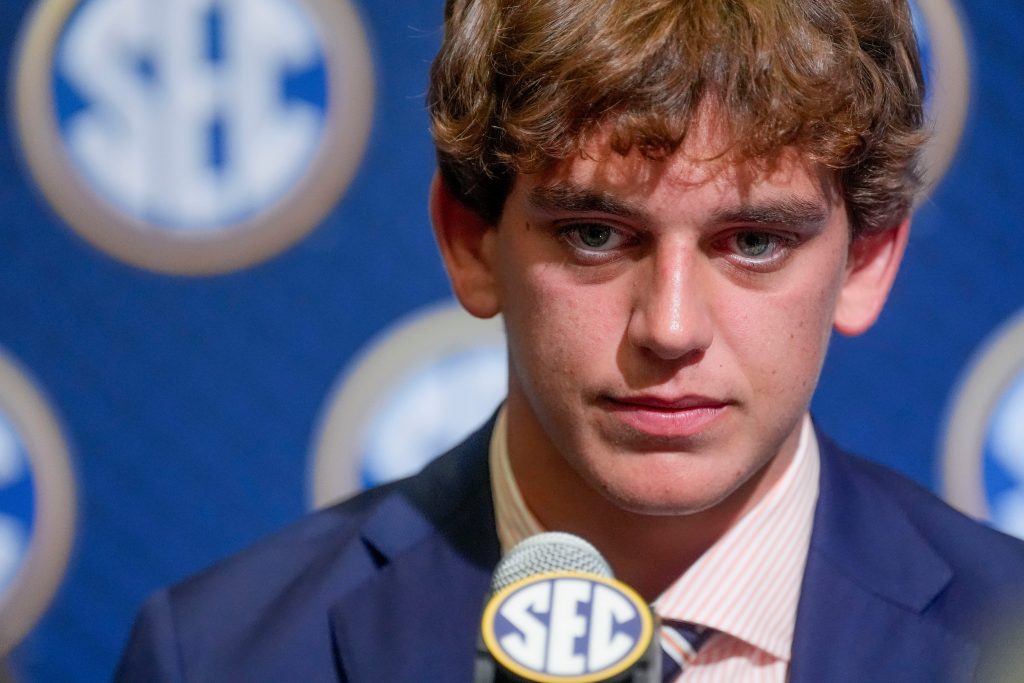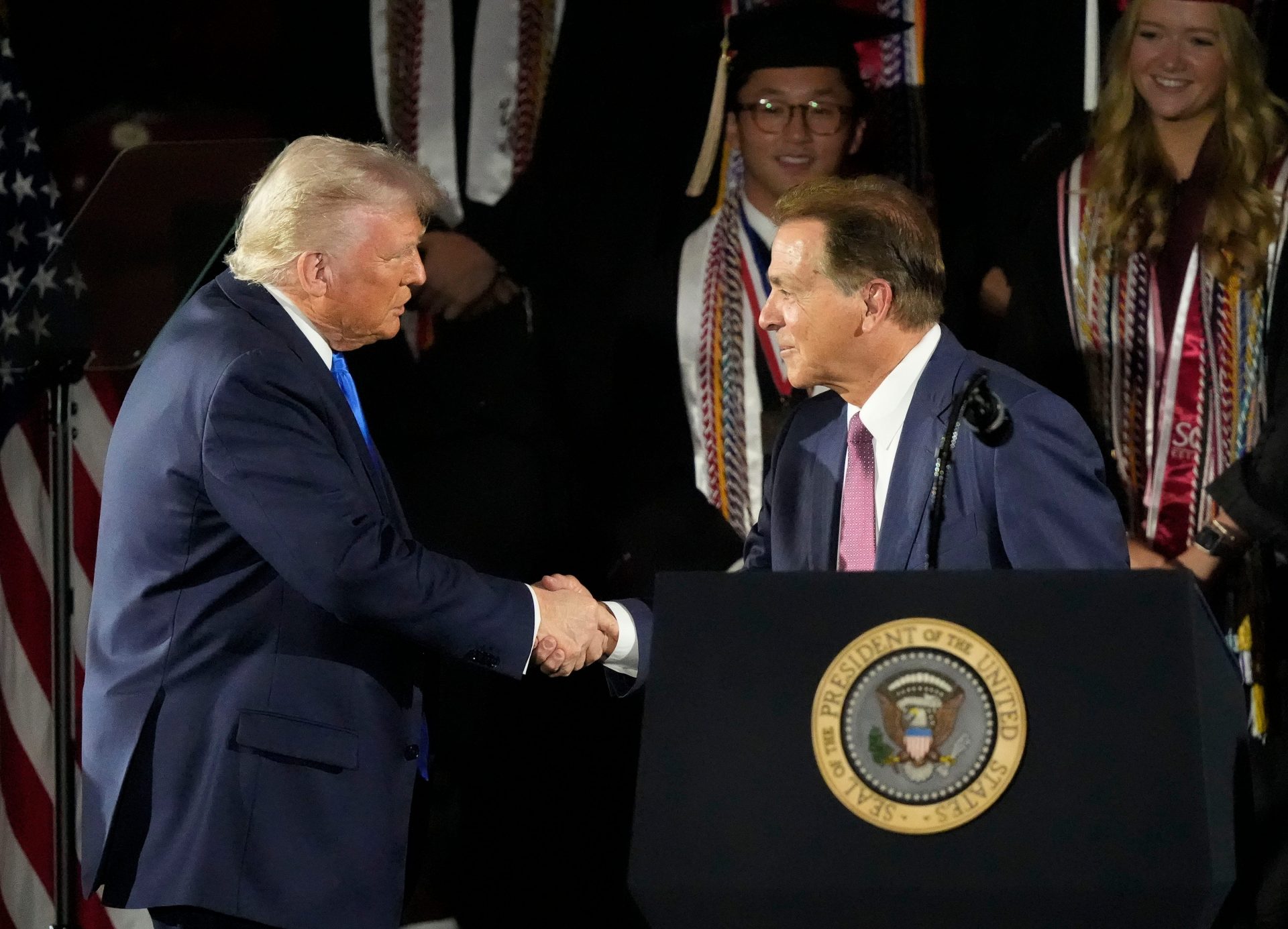As if things weren’t eventful enough in college sports, here’s a new round of turmoil. US President Donald Trump has issued a “Save College Sports” executive order.
While the order has its share of proponents, it also has plenty of critics. Most significantly, the order raises a whole new series of challenges for schools in the athletic scholarship sports arena.

5 Major Challenges Schools May Face Following President Donald Trump’s Executive Order

1. What is “Fair Market Value” and how will schools know?
President Trump’s order limits third-party payments to student-athletes to “fair market value” for services provided. That said, for an intangible asset like image and likeness rights, who is to define fair market value? Is the highest recent unchallenged payment “fair market value?” Is it an average for players at a certain position, in a certain conference, or based on the nature of the endorsement?
Not only is the standard virtually impossible to quantify, but it also makes an indiscernible standard for schools to follow. If a school can’t tell what the fair market value is, how do they police their players and their boosters? Does a school have to wait to be disciplined to see if it did something wrong?
2. Whose job is it to enforce this order?
With any claimed limitations in rights, the underlying issue is who will be the watchdog? If schools allow deals outside the scope of the order, who will crack down on them? Would it be the NCAA, the Department of Justice, or a governing body of Trump’s own design? No rule is any better than the authority that underlies that rule.
3. What about NIL distribution?
The Trump order purports to ban colleges from trimming scholarships for nonrevenue sports. Given the bidding arms race for top recruits in revenue sports, some schools have trimmed money on nonrevenue sports. But if schools are indeed prohibited from doing so, how will they handle shortcomings in the big sports?
If top programs can’t keep up spending because of nonrevenue sport costs, how will they justify these results? As high-pressure as top-level football and basketball are, how will schools justify to alumni that they can’t keep up with the highest bids because of nonrevenue sports? How will this whole storm impact NIL money distribution?
4. Can programs (and conferences) rely on the ban on litigation?
President Trump’s order purports to ban athletes from many suits against the NCAA. But how will that come down, with athletes suing for another year of eligibility or to enforce employee status? Can schools rely conclusively on NCAA policy? How will that impact pending issues like JUCO eligibility and employee status? Time will tell.
5. Is it wise to wait for Congressional clarity?
President Trump had previously indicated consideration of a bipartisan commission to consider college sports issues. But by ruling by executive order, the President has bypassed legislation by Congress. That said, Congress is considering some of the same issues and may ultimately render some legislation to clarify these issues.
So when do schools make moves? Is it wise to make sweeping changes based on an order that may include terms that are later altered or clarified? Nobody’s going to come along as clean up after the schools with problems, but that doesn’t mean that haste is the best idea.
College Sports Network has you covered with the latest news, analysis, insights, and trending stories in football, basketball, and more!

